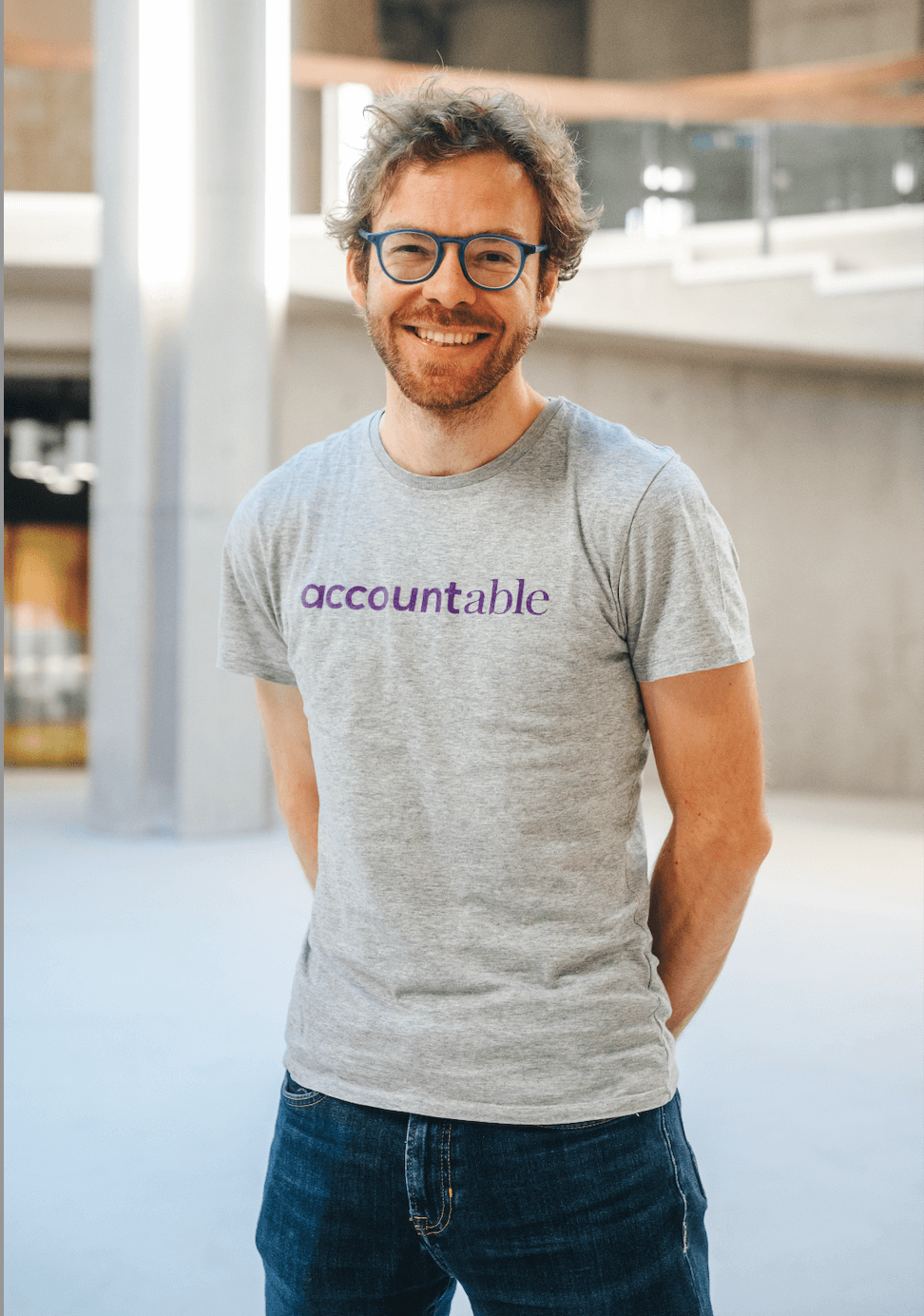As a business owner, when you deduct your business expenses from your turnover, you have two options in some cases: declare the entire amount of your investment in one go, or spread the cost over several years and deduct part of the amount each year. The latter is known as amortisation. Discover how this principle works below.
It’s not necessarily you who decides which purchases to declare in one go or which to amortise – tax legislation determines to a certain extent which costs can be treated as amortisations. And we say ‘to a certain extent’ because the rules are not that clear. The key term here is ‘investment’, or to put it more simply: an expensive purchase.
Professional purchases that you will use for several years are called an investment. For example, a computer, an office chair, a company car, etc.
Non-tangible business purchases, such as a license or an expensive piece of software are also investments. It’s worth noting that the legislation explaining what is considered an investment is not very clear. In general, you can go by the following rules:
How do you amortise an investment? And over how many years can you spread the cost of your purchase? Here too, the law is not the most helpful. The only rule applied by the tax authorities is as follows:
"The amortisation period must correspond to the actual lifetime of the purchase."
In practical terms, this means that you need to make a realistic assessment of the lifespan of your purchase. A computer, for example, will last longer than a smartphone. And office furniture will be used for longer than a laptop.
To simplify things, the legislation proposes different depreciation periods:
Example
In February 2024, you bought a sit-stand desk for €1,200.
As this purchase falls under the category of furniture, it can be amortised over ten years at 10% per year.
10% of €1,200 is €120.
From 2024 to 2033, you will therefore deduct a cost of €120 from your turnover each year.
💡Accountable tip: Accountable automatically suggests an amortisation period for your investment. So you don’t need to figure it out yourself.
If you are self-employed as a natural person, you can choose between ‘straight-line’ or ‘declining balance’ amortisation.
In the example of the sit-stand desk, opting for declining balance amortisation means that you deduct, for example, an amount of €240 in 2024, €200 in 2025, and so on, reducing the amount each year.
What's best for your business requires a complex calculation. Don't hesitate to ask your accountant for help, or reach out to one of our partner accountants.
If you are self-employed with a company, there’s no need to worry about this choice. Since a few years ago, companies can no longer opt for declining balance amortisation.
Is it still advantageous to amortise costs if you can deduct everything at once? By opting for amortisation, you deduct fewer costs from your turnover in the year of purchase and therefore potentially have to pay more tax. On the other hand, you can be sure of a percentage of costs that you can deduct in subsequent years.
Sounds too complicated? Our app helps you and automatically suggests the right amortisation period for each investment. If you’d like further advice on tax optimisation for your business, you can always contact one of our partner accountants.

Author - Nicolas Quarré
Nicolas is co-founder and CEO at Accountable. His vision for the company has always been clear: free self-employed from administrative nightmares.
Who is Nicolas ?Thank you for your feedback!
Useful
As a self-employed individual with a sole proprietorship, your income is taxed under the personal in...
Read moreStarting from 2026, all self-employed individuals will need to send their invoices electronically in...
Read moreThe VAT reverse charge is a complicated word for a simple concept. It helps you purchase and sell sm...
Read more